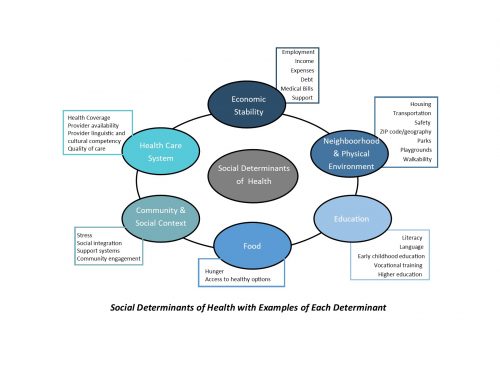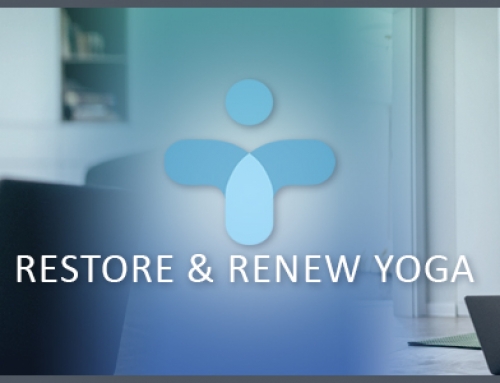Today is World Kindness Day. On this day, participants attempt to make the world a better place by celebrating and promoting good deeds and pledging acts of kindness, either as individuals or as organizations.
What does that have to do with workers’ compensation? I have attended multiple sessions at a variety of conferences discussing the need for a kinder and gentler workers’ compensation program at the employer, third party administrator and carrier level. I would like to address the need for kindness on the case management level.
What makes a program kinder and gentler and what does that look like? Is being kind always important? I think so, and so does Ellen. I am sure you read about the stink Ellen raised when she was kind to President Bush as they happened to sit together while watching an NFL game. The responses were interesting to read. People that disagree with President Bush’s policies seemed to have a problem with the two of them being kind to each other. I am not sure why, as my grandma always told me I could catch more flies with honey than vinegar. If I were trying to share my thoughts in hopes of opening a dialogue, should I not be kind?
So back to the topic at hand. Can we make workers’ compensation a better program for all stakeholders by being kind? What would be some of the methods we could use to communicate kindness? I hope to discuss some of the methods that I think demonstrate kindness to each of the stakeholders. While the Recovering Worker (RW) is and should be the focus as demonstrated by the Triple (now proposed, Quadruple) Aim, there is more to what it takes to provide excellent care to the RW than just picking an excellent physician.
Physician
Over the last few years, healthcare has seen a shift in how providing care to patients is addressed. Changes in regulations, patient access to information, and technological advances have led to an increased focus on the patient experience. During this transition, the Institute for Health Improvement (IHI) developed the Triple Aim, an approach to optimizing health system performance. The triple aim includes the following:
- Improving the patient experience of care (including quality and satisfaction);
- Improving the health of populations; and
- Reducing the per capita cost of health care.
While each of these “aims” is necessary to succeed in the new era of healthcare, there is a key component missing from the equation, care providers themselves. Without a focus on staff, achieving triple aim goals becomes even harder to achieve; however, if providers start implementing ways in which staff member’s lives can be made easier, patient care can be greatly enhanced.
In a 2011 national survey, 87% of physicians named the leading cause of work-related stress and burnout as paperwork and administration, with 63% indicating that stress is increasing. What can we do to alleviate this stress? When we schedule an evaluation, do we send a letter with clear questions and expectations regarding documentation? Do we ensure the needed diagnostic studies and films, previous records, etc. were sent to the office prior to or at the time of the evaluation? Do we research prior to the appointment potential treatment alternatives, inform the claims professional, and communicate authorizations in a timely manner, preventing the need for the physician and his office to repeatedly follow-up to obtain needed approvals? Did we confirm the appointment with the RW on the day prior to the appointment to ensure attendance, or address barriers to attendance?
Employer
Do we contact the employer upon file referral to allow them time to explore RTW options? Do we keep the employer updated on a prompt and regular basis with information appropriate to the RW and their ability to RTW? Do we assist if there appears to be a barrier to RTW or discrepancy between the employer and Recovering Worker’s statement of the functional requirements of the position? Do we facilitate communication between the RW and employer? Do we discuss any resistance to RTW on the part of the employer and explore alternatives and potential solutions?
Attorney
Yes, even attorneys benefit from kindness. Do you introduce yourself to the applicant attorney prior to speaking with the RW, as you become aware of their existence? Do you explain clearly and honestly your role as a case manager? Have you read the Case Management Standards of Practice recently? Are you able to discuss with the attorney how these Standards of Practice impact your interactions with their client? Do you stick to your commitments made with the attorney (after obtaining approval for these commitments from the claims professional)? Do you send a letter of introduction documenting these commitments? Do you promptly contact the attorney when there are issues of adherence that they may be able to assist with regarding their client?
Claims Professional
Do you contact the claims professional promptly and regularly with file updates? Did you ascertain their preferred method of communication? Did you review any Special Handling Instructions for this client? Did you clearly and objectively provide the documentation they require to make an informed claims decision? Did you discuss their goals for this case upon file referral? Do you document progression towards these goals? Do you discuss evidence-based alternatives for RTW, treatment, etc.?
Recovering Worker
To quote the CMSA Standards of Practice Statement of Philosophy:
- The underlying premise of case management is based in the fact that, when an individual reaches the optimum level of wellness and functional capability, everyone benefits: the individual client being served, the client’s family or family caregiver, the health care delivery system, the reimbursement source or payer, and other involved parties such as the employer and consumer advocates.
- Professional case management serves as a means for achieving client wellness and autonomy through advocacy, ongoing communication, health education, identification of service resources, and service facilitation.
- Professional case management services are best offered in a climate that allows client’s engagement and direct communication among the case manager, the client, the client’s family or family caregiver, and appropriate service personnel, in order to optimize health outcomes for all concerned (CMSA, 2009).
I am very proud that CompAlliance chose to pursue URAC accreditation for their CM program. By doing this, we communicate to the stakeholders (consumers) listed above, we are accredited by a consumer driven organization, and as such, the consumer is the priority when providing our services. Isn’t that the true definition of kindness?




